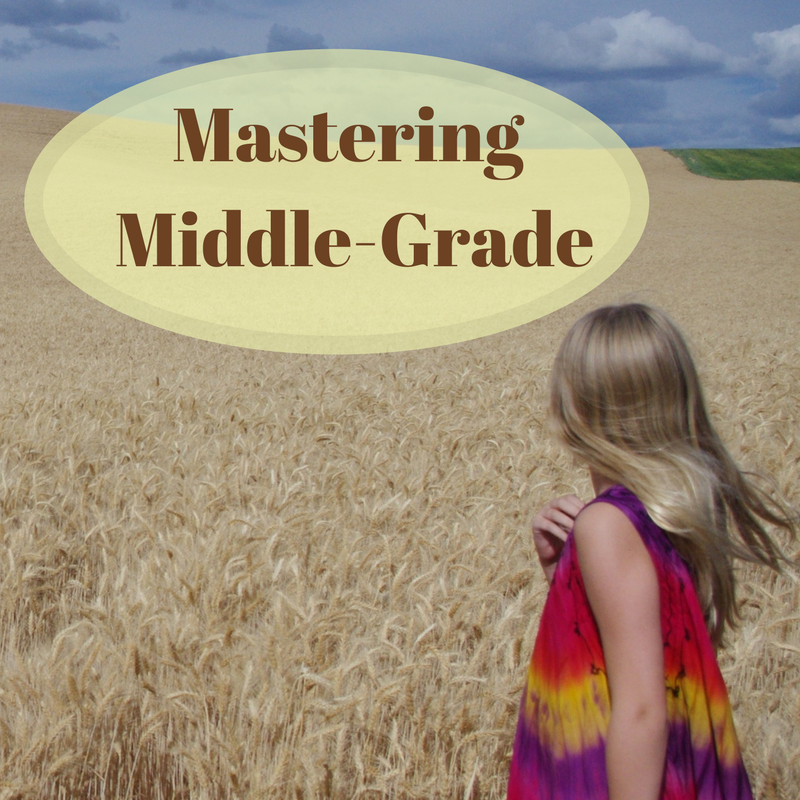“Show, don’t tell” should be the mantra of every writer, especially Middle Grade authors.
What is ‘Telling’?
Telling is often called an information dump. Many times, ‘telling’ shows up in the first few chapters of a book, when the author tries to quickly acquaint the reader with the characters by laying out their backstory and “telling” how they feel.
For example:
Samantha was mad. She had played volleyball since she was in fourth grade. She wasn’t very good when she started, but then she practiced hard until she was able to execute an overhand serve. From there, she worked on her other skills and earned a starting position on her middle school team. But now that mean girl Jennifer had taken her spot. It was so unfair.
What is ‘Showing’?
Showing is when the author dives into what a character is thinking and uses actions and reactions to demonstrate how they feel.
Let’s transform the telling example into showing:
Lips pressed in a thin line, Samantha snatched a volleyball from the cart and stormed over to the wall. Squaring her shoulders, she slammed the ball to the ground over and over, letting it ricochet off the wall and return to her hardened hand. But even the steady precision of the drill could not stop a lump from forming in her throat.
The whistle blew, calling the teams to the court.
Chest heaving, Samantha smacked the ball one last time before it rolled to a stop at Jennifer’s feet.
Smirking, her replacement lifted the ball. “Don’t worry, Sam. I won’t choke on game point like you did.” She pointed at the bench. “So, make yourself comfortable in the seat I warmed up for you.”
When you compare the two examples, the telling stands out. It’s earmarked with passive verbs and a lack of tension. The author tells us how Samantha feels, robbing readers of the opportunity to use inferences and clues to draw conclusions and make emotional connections.
On the other hand, the showing paragraph puts the reader in the middle of the action. As the tension builds, we experience the same emotions as the protagonist, absorbing her reactions as our own. We become invested in the outcome.
How to transform telling into showing
It’s typical for first drafts to contain multiple ‘telling’ sections, but revision is a writer’s best friend. As you go through your manuscript, follow these steps to eliminate telling.
- Cut information that isn’t relevant. If it’s important enough to keep, reveal it bit by bit through actions and reactions rather than a dump of facts. For example, the reader didn’t need to know exactly how Samantha got her start in volleyball. That part was trimmed.
- Don’t TELL an emotion, SHOW it. Spot these ‘tells’ by searching for the words like happy, mad, scared. Eliminate the name of the emotion and describe it instead. For example, you could tell Samantha was angry by her facial expressions and how she attacked the ball.
One resource to help with this transformation is The Emotion Thesaurus: A Writer’s Guide To Character Expression by Angela Ackerman and Becca Puglisi.
- Focus on the emotional impact of your story. Telling informs the brain. Showing dives into the heart. By showing Samantha’s anger and frustration, I actively immersed readers in the story and its outcome.
Changing from telling to showing will require time and effort on your part, but the results will be worth it. Start with one “telling” paragraph, revise it, and then compare it to the original. The results may make a smile stretch across your face as you puff out your chest and say, “Nailed it.”

Elementary school teacher Lori Z. Scott usually writes fiction. Her down time is filled with two quirky habits: chronic doodling and inventing lame jokes. Neither one impresses her principal (or friends/parents/dogs/casual strangers), but they do help inspire her writing.
Somehow, her odd musings led her to accidentally write a ten-title bestselling chapter book series and on purpose write over 175 short stories, articles, essays, poems, and devotions. Lori also contributed to over a dozen books.
Lori enjoys speaking, leading workshops, and visiting local elementary schools to share her writing journey. Follow her on Instagram @Stories.by.Lori .




No Comments